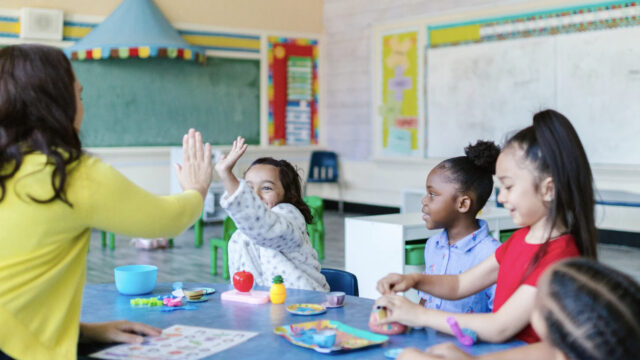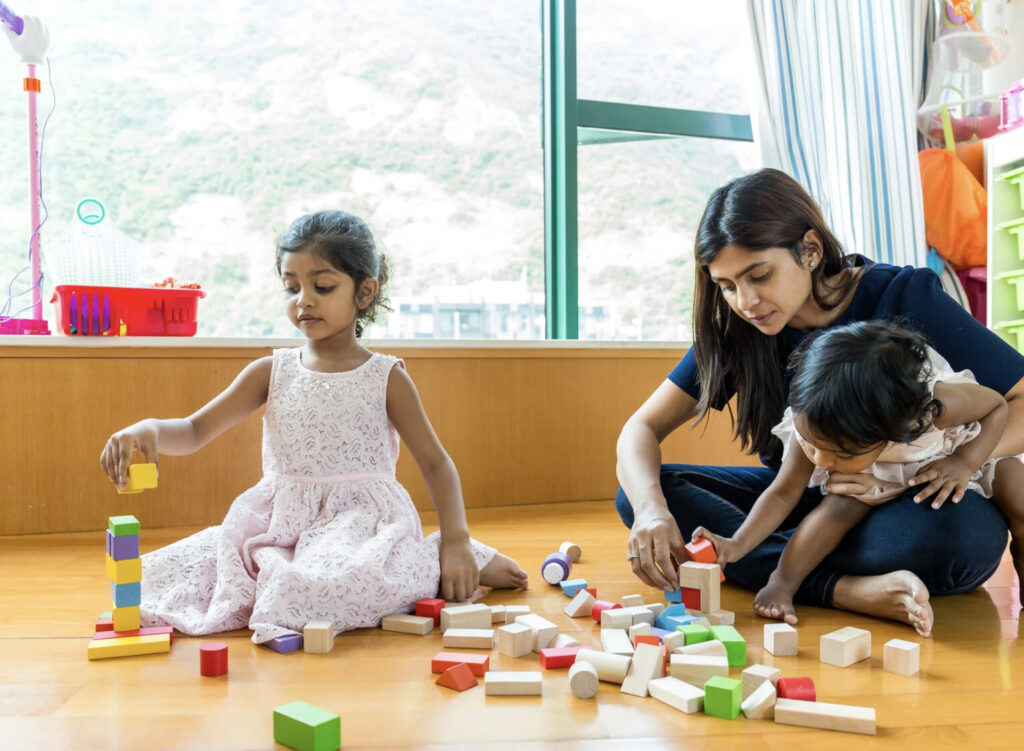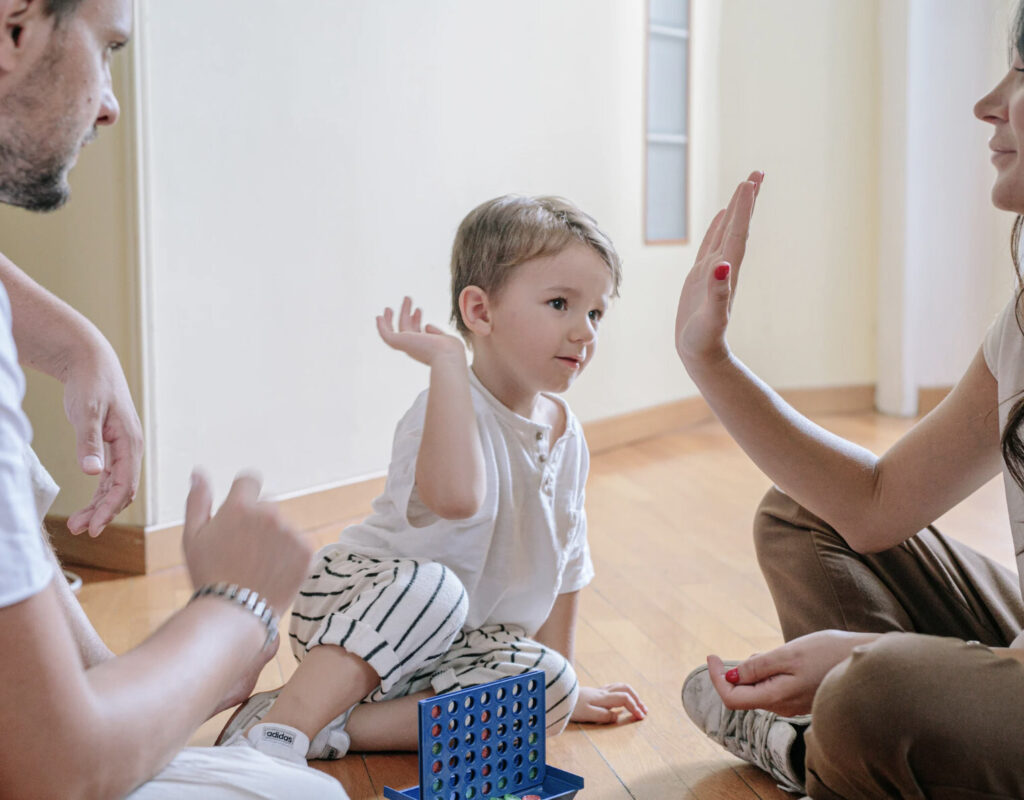How to Motivate Children: Science-Based Approaches for Parents, Caregivers, and Teachers

What’s the best way to motivate children? The intrinsic motivation to learn about the world around us begins in infancy. This type of motivation can either be encouraged or suppressed by the experiences adults provide for children. Psychological research points to a set of promising approaches that caregivers and practitioners can use to promote positive motivation and learning during development.
For more in-depth information about the science of motivation, read “Working Paper 14: Understanding Motivation: Building the Brain Architecture That Supports Learning, Health, and Community Participation.”
1
Elicit curiosity.Even infants seek to explore objects—especially those that behave in surprising ways. When they drop something on the floor or throw it, they’re trying to see what will happen next. Provide children with opportunities to interact with new objects—and let them lead and learn!
2
Encourage children’s playful exploration.When given the opportunity, children of all ages spontaneously engage in play. The ingredients of play are precisely the ones that fuel learning: play is intrinsically motivating, it presents an opportunity for novel experiences and for learning from others, it requires active engagement, and it can strengthen social bonds and reduce stress. When life is busy or chaotic, it can be hard to find the time and space to encourage children’s play, but this is an important aspect of development.

3
Follow babies’ lead.Babies naturally orient toward novel objects and events. They look away from objects that are not only overly familiar but also from new ones that are too complex. This is sometimes called the Goldilocks effect: things are interesting when they are novel, but not too novel. When interacting with infants, notice what they pay attention to, and engage with them around their interests.
4
Prioritize social interaction during learning.In the digital age, there are many educational, computer-based applications designed for children, even as young as six months. However, even the best-designed and most effective apps cannot replace real-life social interactions with adults and peers. In one study, babies learned elements of language more effectively when face-to-face with a teacher or on video. Recent research shows that young children can learn from digital media, such as touch-screen tablets, but social interaction during this learning experience appears to be essential.

5
Challenge children just enough.Kids are motivated to work toward achievable goals. From infancy onward, effort is required to sustain motivation, but success must be possible. They lose motivation when a task is too easy, but also when it is so difficult as to be insurmountable. Video games harness this basic principle of learning effectively, constantly increasing the level of challenge based on an individual child’s performance. Try to adapt a challenge according to a child’s current capabilities, and provide prompt feedback on their performance.
6
Give children agency.Children are more motivated when they have some degree of self-determination and can elect to pursue tasks that are personally meaningful. When they have a choice of projects, or at least a little wiggle room as to how a task gets done, children are more likely to stay engaged.
7
Provide incentives only when necessary.When children are suddenly rewarded for something they enjoy and do freely, they may begin to do it only when they know they will be compensated afterwards. Wherever possible, harness children’s natural curiosity and inclination to work toward an achievable goal, rather than promising a reward.

8
Praise the process rather than the outcome.When we praise children for their intellect or skill level—or the grade or gold medal they received—it can lead to a performance orientation. They may be motivated to achieve more rewards, but they may also learn to shy away from challenging activities that they might not excel at, for fear of negative evaluation.
Performance pressure increases as children move up in school, and it is associated with depression and anxiety in addition to diminished joy of learning. When we praise children for their effort and help them see falling short as an opportunity to learn and improve (rather than simply focus on the outcome), they will be more motivated to work hard and more likely to believe that they can achieve what they put their mind to.
9